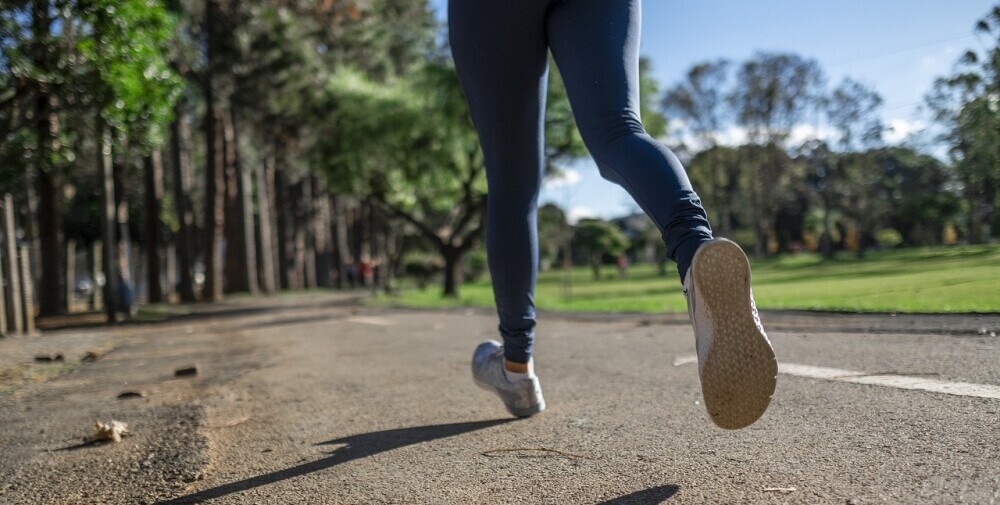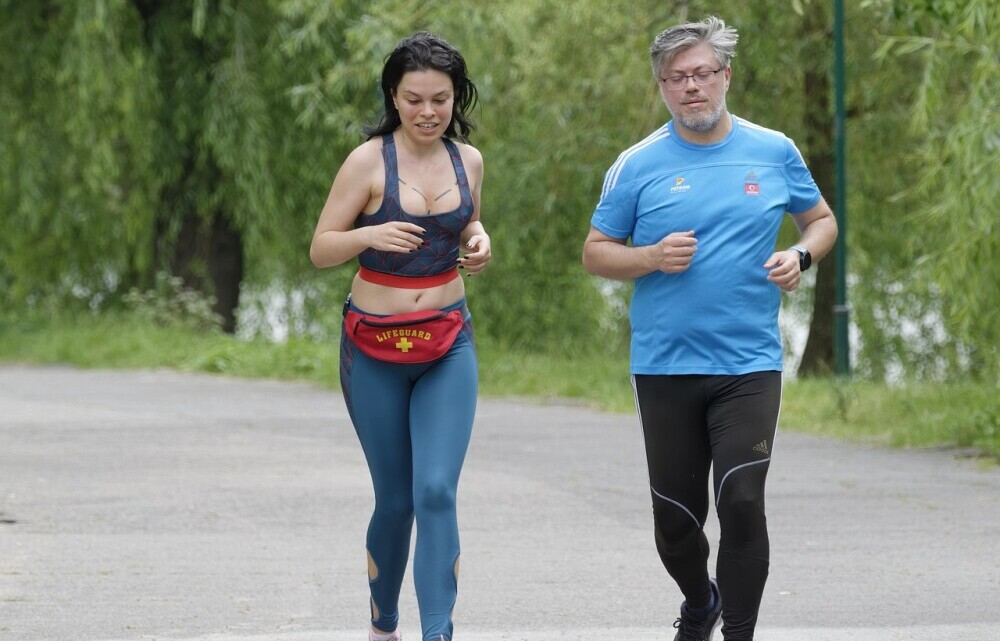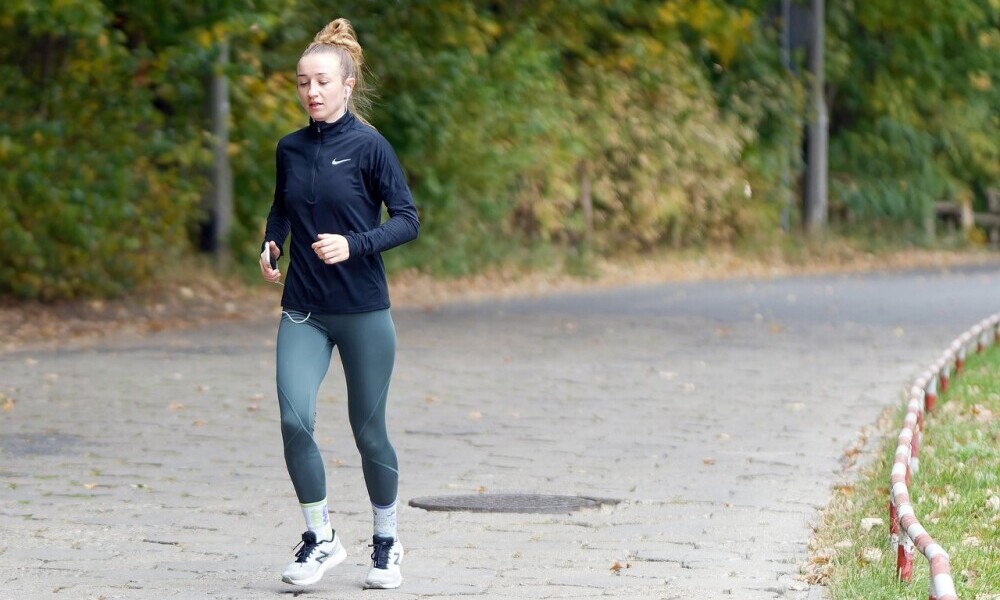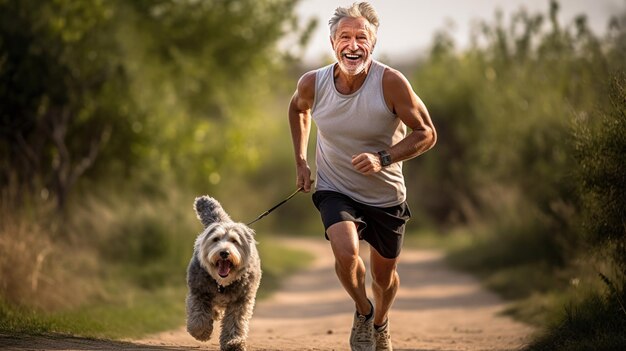Running can be a fantastic way to boost your energy and clear your mind. For many beginners, however, dealing with chafing can be really frustrating and interrupt the enjoyment of an otherwise invigorating activity. In this article, I will discuss practical tips on how to prevent chafing when running for beginners and seasoned runners.

What Is Chafing?
Chafing is skin irritation that occurs when there is repeated friction between areas of your skin or against clothing. It typically shows up as redness, soreness, and sometimes even painful blisters in the affected areas and can be very painful. Understanding what chafing is will help you take preventative measures before you head out on your run.
Many runners eventually experience chafing at one point or another. It is often triggered by the combination of skin-on-skin friction compounded by moisture, be it from sweat or humidity. Recognizing the specific symptoms and causes of chafing will enable you to take proactive steps before any irritation sets in, ultimately making your running sessions more enjoyable and less disruptive to your routine.
What Causes Chafing While Running?
Several factors contribute to chafing during a run. The constant rubbing of your skin against itself or the fabric of your clothing, when combined with sweat, can create the perfect breeding ground for this type of irritation, called intertrigo among clinicians. When your skin remains damp for too long, friction increases, and small moisture burns or abrasions may develop.
Contributors include improperly fitting garments causing additional friction, and the design of your gear, which might not adequately address the unique contours of your body. Individual elements such as your running stride, body shape, and even the weather conditions add up to increase the likelihood of skin irritation. By identifying and recognizing these causes early on, you can switch up your approach to take better care of your skin during your runs.
Choosing the Right Running Clothes
Properly fitting running clothes is very important, choose attire that does not allow for excessive movement. Clothes that are too loose may create extra friction, while overly tight fabrics might trap moisture against your skin, intensifying irritation. Running outfits should be comfortable, flexible, and designed to move with your body throughout your run.
It’s also important to consider the materials from which your clothes are made. High-performance fabrics wick away sweat minimizing friction, significantly reducing the risk of chafing. Materials such as polyester, nylon, or specially engineered blends designed for sports activities help in keeping your skin dry.

Avoid Cotton
While cotton might feel comfortable when you’re lounging at home, it isn’t the best choice when you’re running. Cotton tends to hold onto moisture, providing a perfect environment for friction and irritation to develop. Instead, choose materials that actively wick sweat away, you help maintain a drier environment against your body, which in turn reduces the likelihood of chafing.
Consider investing in athletic wear that is specifically designed for running. Many sportswear brands now offer specialized lines that focus on providing superior moisture control and a snug fit that minimizes friction. When paired with other anti-chafing strategies, choosing the right fabric can facilitate your overall comfort and make your running routine smoother and more enjoyable.
Practical Tips to Minimize Chafing
Preventing chafing is all about taking proactive measures before you head out for a run, not just about the clothes you wear; it also involves using the right products and, in some instances, adjusting your habits slightly to safeguard your skin. In many cases, a few thoughtful changes to your pre-run routine can make all the difference in avoiding discomfort and irritation.
In this section, I will list some highly practical tips that can help you prevent chafing. These are tips I have used and have been tested by runners of various levels. Incorporating even a few can have a positive impact on your overall running experience.
Apply Lubricant
Using a skin lubricant is one of the simplest and most effective ways to reduce friction during your run. Many runners rely on products like petroleum jelly, anti-chafing balms, or specialized sports lubricants, such as Body Glide, to create a protective layer on areas that are prone to rubbing.
Before you start your run, take a few minutes to apply a thin coat of your chosen lubricant on chafe-prone areas such as your inner thighs, underarms, nipples and other sensitive spots. In longer runs or in conditions where you sweat heavily, it might be necessary to reapply the lubricant to maintain that protective barrier. This small step can impact on your overall comfort, so that you can focus on the enjoyment of your run rather than on unwanted irritation.
Shave Chafing-Prone Areas
Often, the presence of hair in areas susceptible to chafing can increase skin irritation. Hair can create extra friction against your skin or clothing, leading to discomfort, friction and chafing. For some runners, shaving these areas offers notable relief and helps reduce the irritation that causes chafing.
If you decide to remove hair from these sensitive spots, be gentle with your skin. Use a good quality razor and products that help minimize irritation. It is equally important to use a skin conditioner on your skin after shaving. A well-conditioned skin surface has the best chance to stay comfortable and intact during your runs.
Using Additional Supportive Gear
For runners who frequently experience chafing, additional supportive gear can solve the problem. This specialized gear is especially useful for protecting high-friction areas and can greatly improve your comfort over long or intense sessions. While not everyone will need extra gear, those who struggle with persistent skin discomfort might need the added protection.
Supplementary gear generally includes compression wear and other items designed to hold your skin and muscles in place. These additional supports not only reduce friction but can also provide a sense of added stability during your run. By integrating such gear into your running routine, you add another layer of protection that helps keep irritation under control.
Consider Compression Shorts or Thigh Bands
Compression shorts and thigh bands work by keeping both your muscles and skin in place during a run. The close fit of these garments minimizes the movement between your skin and your clothing, which reduces friction in areas that are especially vulnerable, for example, the inner thighs.
It’s really important to choose compression gear made from breathable, moisture-wicking materials. This allows your skin to stay dry and keeps the friction to a minimum. Many runners have found that adding compression shorts or bands to their routine makes a very noticeable difference in comfort.

Tape or Nipple Covers
For those who specifically experience irritation in small, sensitive areas such as the nipples or other parts of the chest, tape or nipple covers offer an immediate fix. These products act as a barrier that can significantly lower the friction between skin-to-skin contact or between skin and fabric. When used in combination with other preventive steps such as proper-fitting clothing, they can be very effective.
It is wise to test a small amount of tape first to ensure that your skin does not react adversely to the adhesive. For many runners, these simple tools are lifesavers, helping them maintain focus on their performance without the distracting discomfort of chafing.

Hydration’s Role in Skin Injury Prevention
Staying hydrated is frequently overlooked when it comes to preventing skin issues such as chafing. Proper hydration supports overall body functions, including temperature regulation and skin moisture balance. When your body is well-hydrated, it not only performs better but also manages sweat more effectively, helping reduce the risk of friction-related injuries.
Drinking plenty of water before, during, and after your run is a simple yet effective habit. Well-hydrated skin is more resilient and less likely to become inflamed by friction. Moreover, adequate hydration can help your body cool down more efficiently, diminishing the prolonged dampness that may lead to chafing. This proactive step supports not only your running performance but also your skin health.
Managing and Recovering from Chafing
It is important to take swift and thoughtful measures to support skin recovery if chafing occurs. Ignoring the irritation can lead to inflammation or even infections, which may not only delay your next run but could also cause long term issues. Proper care immediately after a run can forestall further damage and assist your skin in healing.
Once you finish your run, gently clean the affected areas with a mild soap and lukewarm water. This process will help remove any lingering sweat, bacteria, or residual lubricant that might contribute to further irritation. Pat your skin dry rather than rubbing it, as aggressive drying can worsen the chafing.
For more severe cases of chafing, consider applying a cold compress to reduce inflammation and soothe discomfort. Over-the-counter creams designed for minor skin abrasions may also help ease the pain while promoting healing. Give your skin the necessary time to recover avoiding running until the irritation has completely subsided. Taking these steps is crucial to preventing recurring issues and ensuring that each outing is both safe and comfortable.

Final Thoughts
Preventing chafing is all about thoughtful planning and taking small yet impactful preventive measures. From choosing the right clothing to using effective lubricants and supportive gear, every step you take has the potential to improve your running experience. By being proactive and attentive to your body’s signals, you can substantially reduce the risk of chafing and fully enjoy your runs without the worry of discomfort.
Running should be a joy and a source of personal achievement, not a cause for pain and irritation. Taking care of your skin through proper hydration, appropriate gear, and timely recovery measures ensures that each run can be as comfortable as it is rewarding.
Gear up properly, stay hydrated, and give your skin the attention it deserves for a truly enjoyable running adventure.


Great article! I really liked the section that drew light to the fact cotton encourages chaffing. It makes sense considering the material can feel rough with friction. I have a question about the causes in general though, what are the main reasons someone would chafe? Is it something you can prevent in the future if you’re more aware of the different factors?
Hi Adrian,
The cause of all chafing, in general, is friction, whether it is skin-to-skin friction or skin-to-fabric friction, the result is the same. Damage to the upper layer of the skin.
Friction, and therefore chafing, can be reduced or eliminated in several ways. If your issue is skin-to-skin friction, you can use a skin lubricant like Body Glide or Vaseline. You can also wear a garment that covers the area of concern. If using a lubricant, it is important to use a product that will stay effective when sweat is present and in hot conditions. It may be necessary to reapply the lubricant during your workout.
If wearing a garment, it is important to choose one made from moisture-wicking fabric. This type of sports apparel works to keep your skin dry by moving sweat to the outer surface where it dries rapidly. It is usually made from nylon or other synthetic blends. Merino wool also works but can be warm. These fabric surfaces slide over each other with minimal or no friction and do not disintegrate or “pill”. As you mentioned, the lack of these characteristics make cotton a poor choice. Cotton holds moisture against the skin, cotton fabric does not glide over itself or other surfaces, and it breaks down, and it “pills” and becomes rougher over time when exposed to friction. Thankfully, most sports apparel is made with synthetic fabric and moisture wicking technology.
Using these strategies, lubricant or proper clothing, or both can eliminate friction and chafing when done thoughtfully.
Thanks for reading my article.
Kevin
This was such a helpful read! As someone new to running, I hadn’t realized how common and uncomfortable chafing can be. Your tips on choosing moisture-wicking fabrics and applying anti-chafing balms were particularly insightful. I appreciate the practical advice on staying hydrated and paying attention to clothing seams. Thanks for sharing these valuable insights—they’ve given me a great starting point to make my runs more comfortable!
Hi Bob,
Great to hear you’re taking up running. I am glad you enjoyed the article. I think other than knee and joint pain, chafing is the worst. Once I get chafed, I usually take a few days off to let it heal, it is soooo painful. I really think the best prevention is fabric covering the problem areas, it’s the safest bet. Always choose moisture-wicking apparel with low profile seams and as few seams as you can find.
Welcome to the running lifestyle, I think it is the fastest and easiest path to health and fitness and, it’s fun! Don’t let anything stop you from doing good for yourself Bob, keep running. Thanks for reading my article.
Kevin